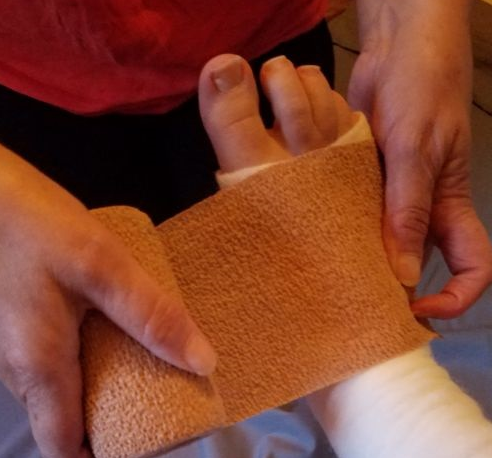Fiberoptic laryngoscope
Myomectomy has a low overall complication rate. However, laparoscopic and robotic procedures present a unique set of challenges. Risks of a laparoscopic myomectomy include:
Extreme blood loss is a misfortune of laparoscopic myomectomy. Many women with uterine leiomyomas have low hemoglobin levels (iron deficiency) due to excessive menstrual flow, which puts them at greater risk of problems due to bleeding accidents.
Freedom from fibroids thanks to laparoscopic surgery
During myomectomy, specialists find a way to avoid inappropriate blood loss. These can include blocking flow from the uterine canals by using tourniquets and braces and infusing medications around the fibroids to cause the veins to contract.
Unfortunately, this technique cannot be used in laparoscopic surgery. Regardless, most advances do not reduce the risk of a blood transfusion.
Overall, many gynecologists recommend that hysterectomy should have fewer bleeding incidents than myomectomy with a properly assessed uterus.
Scar tissue. Entry points into the uterus to remove fibroids can lead to severe adhesion and scar tissue formation that can arise after the procedure. Laparoscopic mastectomy can cause less postoperative adhesion than open mastectomy (laparotomy).
Pregnancy or confusion during labor. A mastectomy may present some transport risks if the patient becomes pregnant. In the event that a specialist were to make a deep incision in the uterine muscles, the specialist dealing with the subsequent pregnancy may suggest a caesarean delivery (cesarean section) to avoid cracks in the uterus during delivery.
This is an extremely rare pregnancy difficulty. The fibroids themselves are also linked to the tangles of pregnancy.
Occasional possibility of hysterectomy. The specialist rarely has to remove the uterus if the bleeding is massive or various abnormalities are found despite the fiberoptic.
Occasional possibility of spreading a dangerous malignant tumor. A harmful tumor can rarely be confused with a fibroid. Extraction of the tumor, especially if broken down into small pieces (morcellation), to eliminate it through a small entry point, can lead to the spread of malignant growth. The risk of this event increases after menopause and in women over the age of 50.
In 2014, the Food and Drug Administration (FDA) warned against the use of a laparoscopic electric accelerator for most women undergoing mastectomy. The American College of Obstetricians and Gynecologists (ACOG) requires a conversation with a specialist about the dangers and benefits of cancellation. fiberoptic Laryngoscope
Despite all these problems, an laparoscopic mastectomy, when performed by an experienced surgeon, can be considered a safe technique with an extremely low failure rate and good results in terms of pregnancy outcome.





Comments
Post a Comment